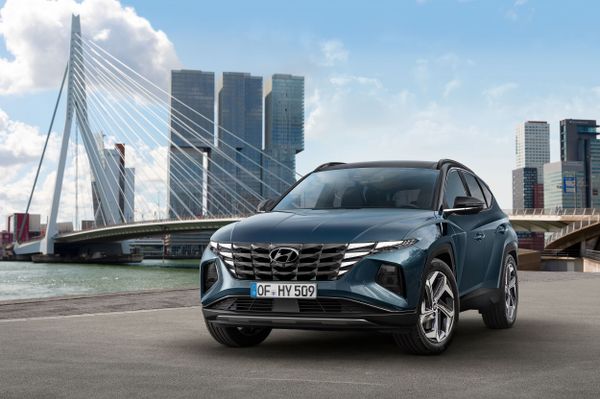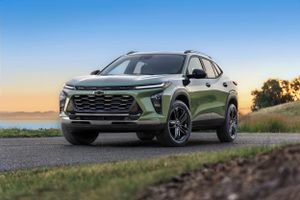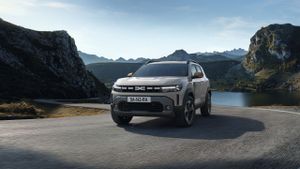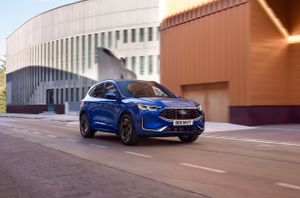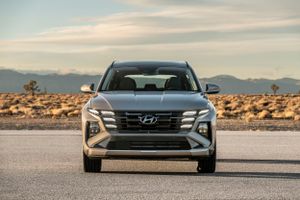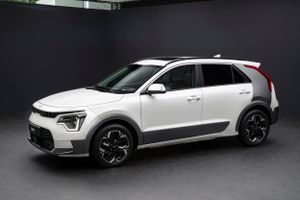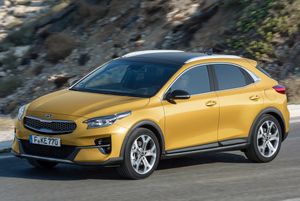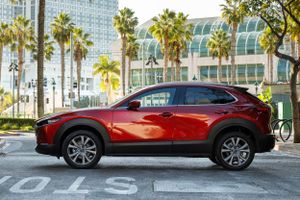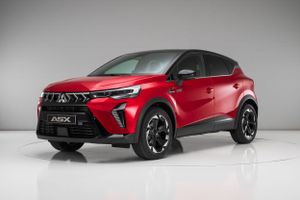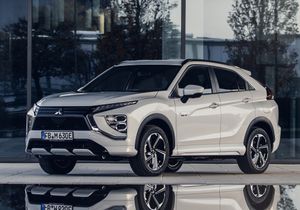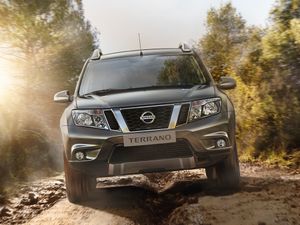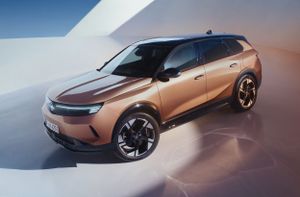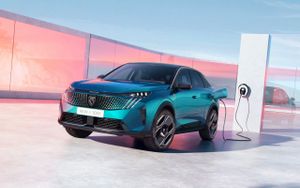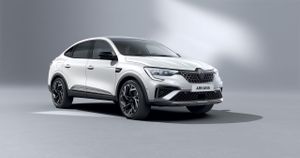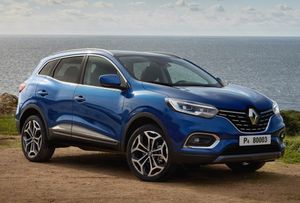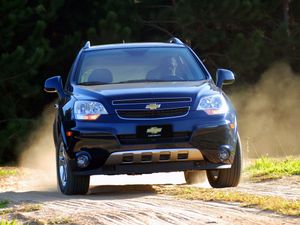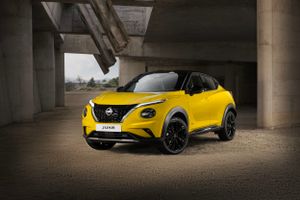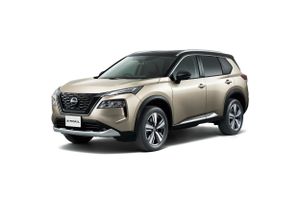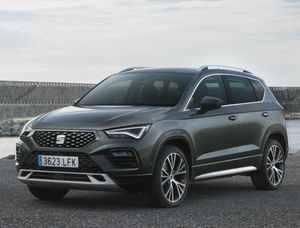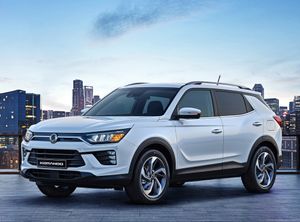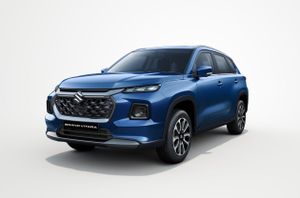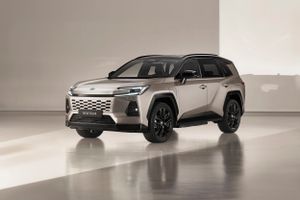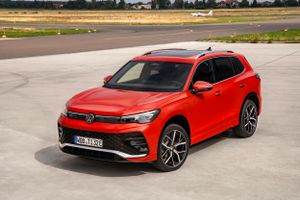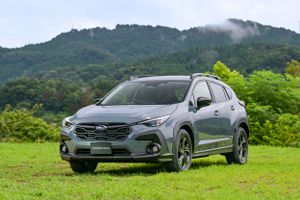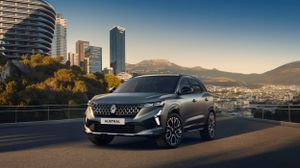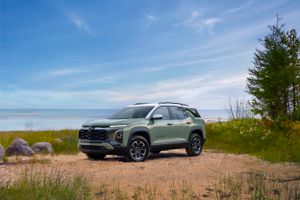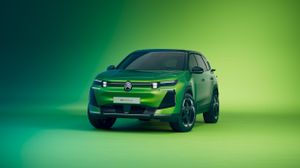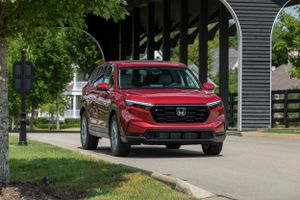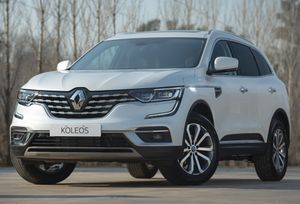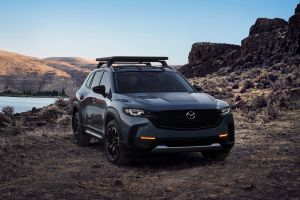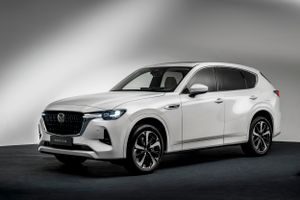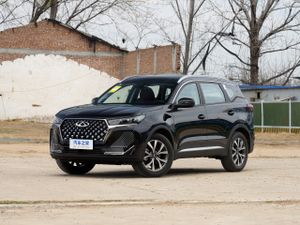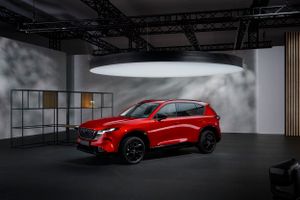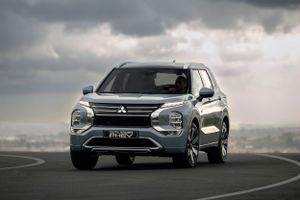Comparison of Nissan Qashqai and Hyundai Tucson
Comparison of Nissan Qashqai and Hyundai Tucson
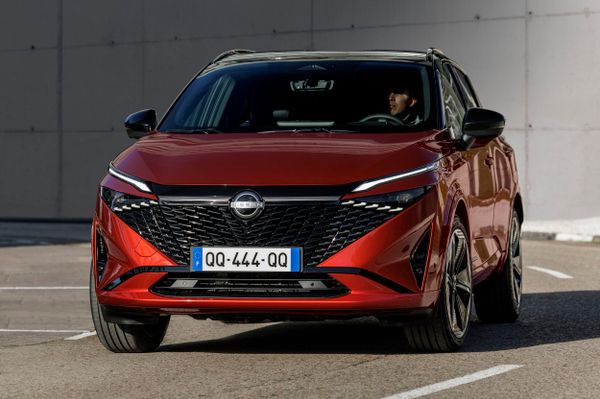
Nissan Qashqai
Price not determined
No one is selling yet
Characteristics
Nissan Qashqai and Hyundai Tucson
Transmission
Automatic
Robotic
Number of gears
1
7
Type of drive
FWD
FWD
Top speed
199 km/h
201 km/h
Acceleration to 100
9.2 sec
8.8 sec
Fuel tank capacity
55 l
62 l
Curb weight
1 468 kg
1 429 kg
Max weight
1 985 kg
2 100 kg
Length
4 425 mm
4 500 mm
Width
1 838 mm
1 865 mm
Height
1 635 mm
1 650 mm
Wheelbase
2 666 mm
2 680 mm
Front track width
1 580 mm
1 615 mm
Rear track width
1 580 mm
1 622 mm
Trunk volume min
480 l
1 577 l
Trunk volume max
1 447 l
1 756 l
U-turn diameter
11.1 m
10.92 m
Wheel size
235/50 R19
215/65 R17
235/55 R18
235/50 R19
235/55 R18
235/50 R19
Average consumption
6.5 l
7.2 l
ECO class
Euro 6
Euro 6
CO2 emissions
146 g/km
130 g/km
Engine type
Hybrid
Gasoline
Battery power
2.3 Kwh
Engine location
Front, transverse
Front, transverse
Engine power system
Direct injection (direct)
Direct injection (direct)
Engine capacity
1461 cm³
1598 cm³
Type of boost
Turbo
Turbo
Cylinder arrangement
Inline
Inline
Number of cylinders
3
4
Valves per cylinder
4
4
Compression ratio
14.1
10.5
Bore and stroke
79.7 x 81.1 mm
75.6 × 89 mm
Maximum power
188 (138 ) 5500
180 (132 ) 5500
Maximum torque N⋅m
336 1800-3750
270 1500-4500
Front suspension
Independent, spring
Independent, spring
Rear suspension
Semi-independent, springorts hélicoïdaux, sem
Independent, spring
Front brakes
Ventilated disc
Ventilated disc
Rear brakes
Disс
Disс
Clearance
170
Trim version
Nissan Qashqai and Hyundai Tucson
Driver's airbag
Passenger airbag
Side front airbags
Window airbags (curtains)
Between the front seats
Driver drowsiness detection
Keyless central locking
Immobilizer
360°
Rear-view camera
Isofix for the back row
Cruise control
Adaptive Cruise Control
Cruise control
Anti-lock braking system (ABS)
Electronic stability program (ESP)
Hill start assist (HAS)
Emergency brake assist (BAS, EBD, EBA)
Automatic slip regulation (ASR)
Collision avoidance system
Lane departure warning system
Traffic sign assist
Front Cross Traffic Alert
Blind spot monitoring system
Drive mode selection system
Rear Cross-Traffic Collision Warning and Collision-Avoidance Assist (RCCW, RCCA)
Pedestrian detection system
Cyclist detection system
Rear occupant alert system
Tilt control system
Bluetooth
Carplay
Android Auto
Wireless Charging for Smartphone
Navigation system
USB
12V
Sound
Audio system
Audio system
Speakers
6 speakers
6 speakers
Tinted glass
Panoramic roof
Power window
Folding rear seat
Third rear headrest
Decorative interior lighting
Front center armrest
Seat trim
Combined seat trim
Fabric seats
Steering wheel height adjustment
Steering wheel reach adjustment
Power steering
Power steering
Power steering
Front parking sensors
Rear parking sensors
Air conditioner
Single-zone climate control
Dual-zone climate control
Start-stop system
Trunk electric drive
Power folding mirrors
Power mirrors
On-board computer
Digital instrument cluster
Keyless entry system
Engine Start Button
Remote start-up
Multifunction steering wheel
Electronic parking brake
Roof rack
Adaptive front-lighting system
High beam assist
Daytime running lights
Light sensor
Rain sensor
Diameter
R19
R17
Material
Alloy
Alloy
Photos
Nissan Qashqai
Hyundai Tucson
Comparison of Nissan Qashqai with other cars
Comparison of Hyundai Tucson with other cars
Today on the Market
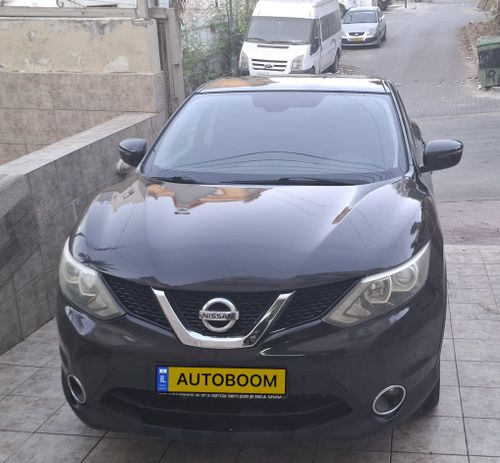
Nissan Qashqai, 2015
₪ 36 000
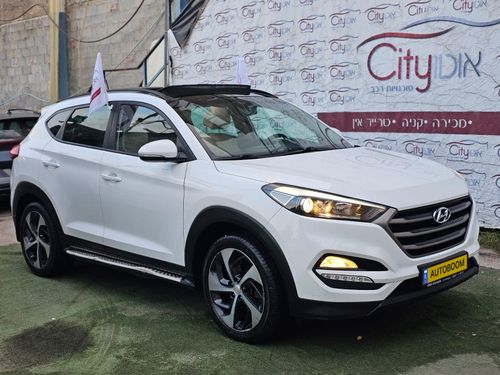
Hyundai Tucson, 2018
₪ 74 900
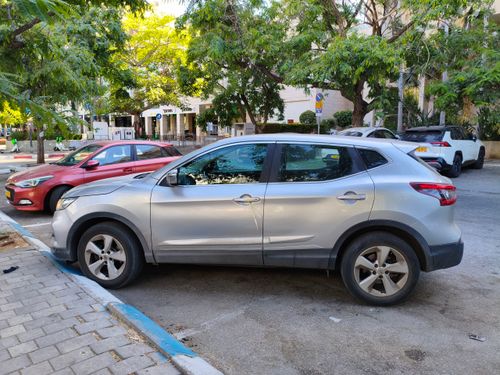
Nissan Qashqai, 2017
₪ 45 000

Nissan Qashqai, 2011
₪ 22 000
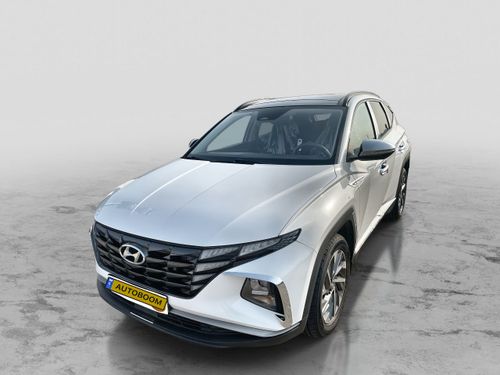
Hyundai Tucson, 2021
₪ 133 375

Hyundai Tucson, 2023
₪ 160 000

Nissan Qashqai, 2012
₪ 25 500

Nissan Qashqai, 2015
₪ 39 500
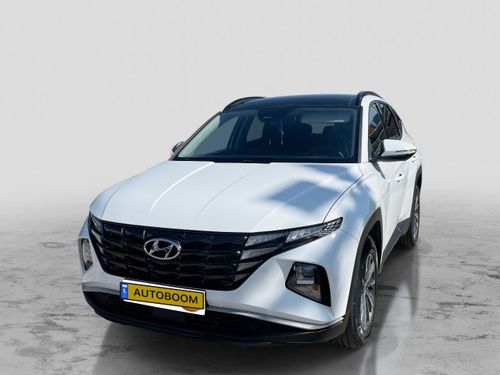
Hyundai Tucson, 2022
₪ 121 355
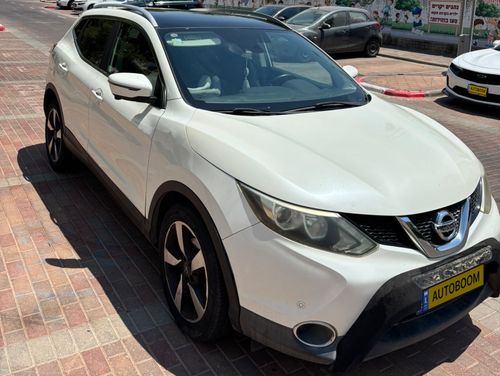
Nissan Qashqai, 2015
₪ 45 999

Hyundai Tucson, 2022
₪ 106 085
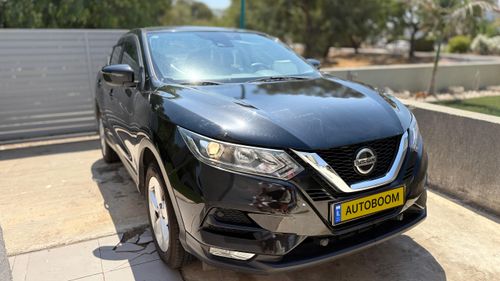
Nissan Qashqai, 2018
₪ 72 000
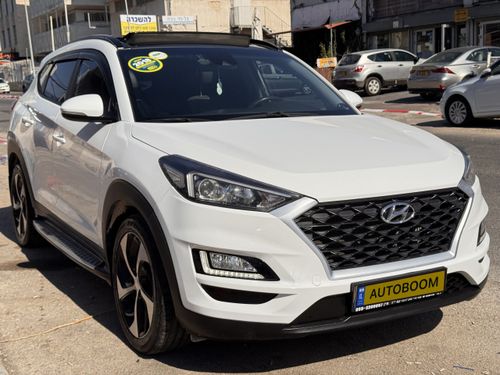
Hyundai Tucson, 2018
₪ 79 990

Hyundai Tucson, 2018
₪ 81 900

Hyundai Tucson, 2022
₪ 143 900
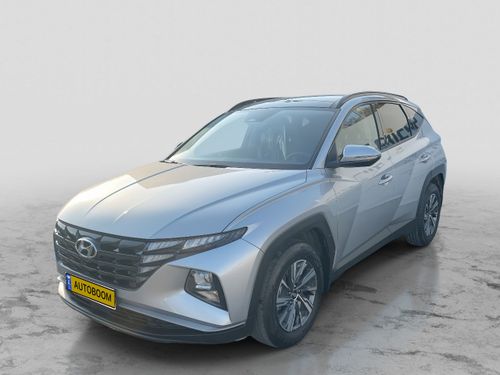
Hyundai Tucson, 2024
₪ 153 095

Nissan Qashqai, 2021
₪ 95 955
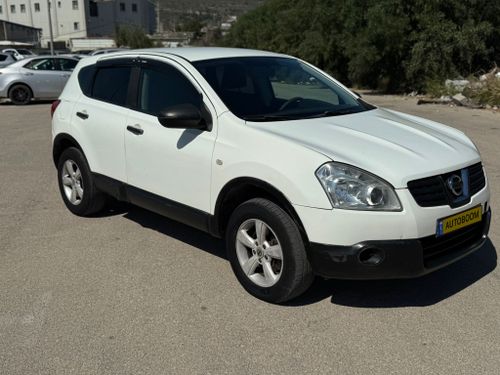
Nissan Qashqai, 2010
₪ 18 500
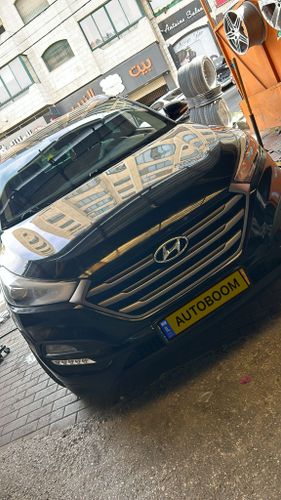
Hyundai Tucson, 2015
₪ 58 500
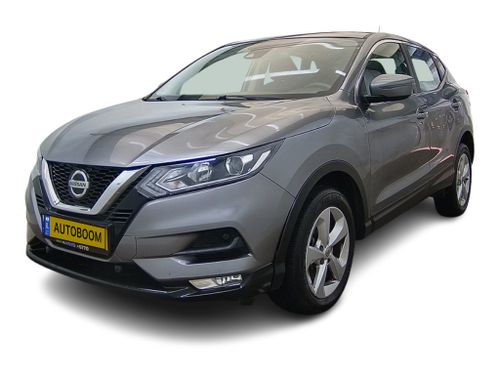
Nissan Qashqai, 2020
₪ 84 900
Compare similar cars Nissan Qashqai and Hyundai Tucson
Nissan Qashqai and Hyundai Tucson are two popular cars, each with its own unique advantages and features. The choice between Nissan Qashqai and Hyundai Tucson depends on the driver's needs and preferences.Nissan Qashqai and Hyundai Tucson are two popular cars, each with its own unique advantages and features. The choice between Nissan Qashqai and Hyundai Tucson depends on the driver's needs and preferences.
